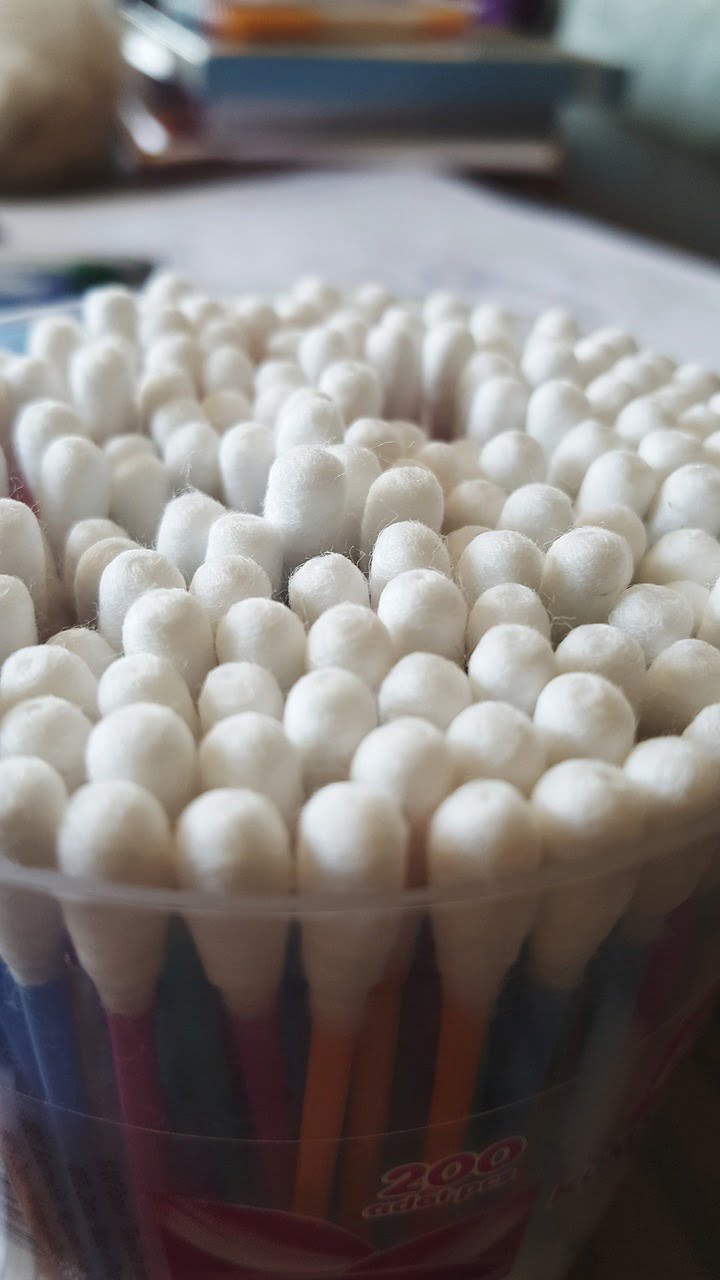
Earwax, also known as cerumen, is a natural substance produced by glands in the ear canal. It plays a vital role in protecting the ear from dust, debris, and bacteria. However, excessive earwax buildup can lead to discomfort, hearing loss, and other complications. Manual instrument earwax removal is a common procedure performed by medical professionals to alleviate these symptoms.
After undergoing manual instrument earwax removal, it is crucial to take proper care of your ears to ensure optimal health and prevent future problems. In this comprehensive guide, we will outline the steps you should follow for long-term care after the procedure.
Following the post-procedure instructions provided by your healthcare provider is crucial for promoting healing and preventing potential complications. These instructions may include:
Maintaining proper cleanliness and hygiene is essential for preventing earwax buildup and infections. Here are some tips to help you maintain good ear hygiene:
Taking preventive measures can help reduce the risk of future earwax buildup and related complications. Consider the following tips:
Regular check-ups with your healthcare provider are important for monitoring the condition of your ears and addressing any concerns or complications promptly. During these appointments, your healthcare provider may perform visual inspections or use specialized tools to examine the ear canal. They can also offer guidance on proper ear care techniques. Regular check-ups can help detect any potential issues early on and prevent them from developing into more serious problems.
While manual instrument earwax removal is generally safe, it is important to be aware of any signs of complications. If you experience any of the following, consult your healthcare provider:
Proper care after manual instrument earwax removal is essential for maintaining optimal ear health. By following the post-procedure instructions, practicing good cleanliness and hygiene, taking preventive measures, attending regular check-ups, and being aware of signs of complications, you can ensure the long-term well-being of your ears.
Remember, if you have any concerns or questions, always consult your healthcare provider for personalized advice and guidance. Your ears play a vital role in your overall well-being, and taking care of them is an investment in your long-term health.
Q: What should I avoid doing after manual instrument earwax removal?
A: It is important to avoid inserting anything into your ears, keep your ears dry, avoid exposure to loud noises, and take prescribed medications as directed.
Q: How should I clean my ears after the procedure?
A: After showering or bathing, gently clean the outer part of your ears with a soft cloth or tissue. Avoid inserting objects into the ear canal and use ear drops to soften the wax if necessary.
Q: How can I prevent future earwax buildup and related complications?
A: To prevent future earwax buildup, use earphones or headphones responsibly, protect your ears during water exposure, and wear protective gear in noisy environments.
Q: Why are regular check-ups important after manual instrument earwax removal?
A: Regular check-ups allow healthcare providers to monitor the condition of your ears, address any concerns or complications, and offer guidance on proper ear care techniques.
On many occasions after providing a full hearing assessment I get asked the question “can…
Microsuction is a safe and effective method for removing earwax and debris from the ear…
Ear wax, also known as cerumen, is a substance that is naturally produced by our…
Ear wax, or cerumen, is a natural substance produced by the ear canal to protect…
Cleaning our ears is an important part of our personal hygiene routine. It not only…
Earwax, also known as cerumen, is a natural substance produced by the ear canal to…
This website uses cookies.